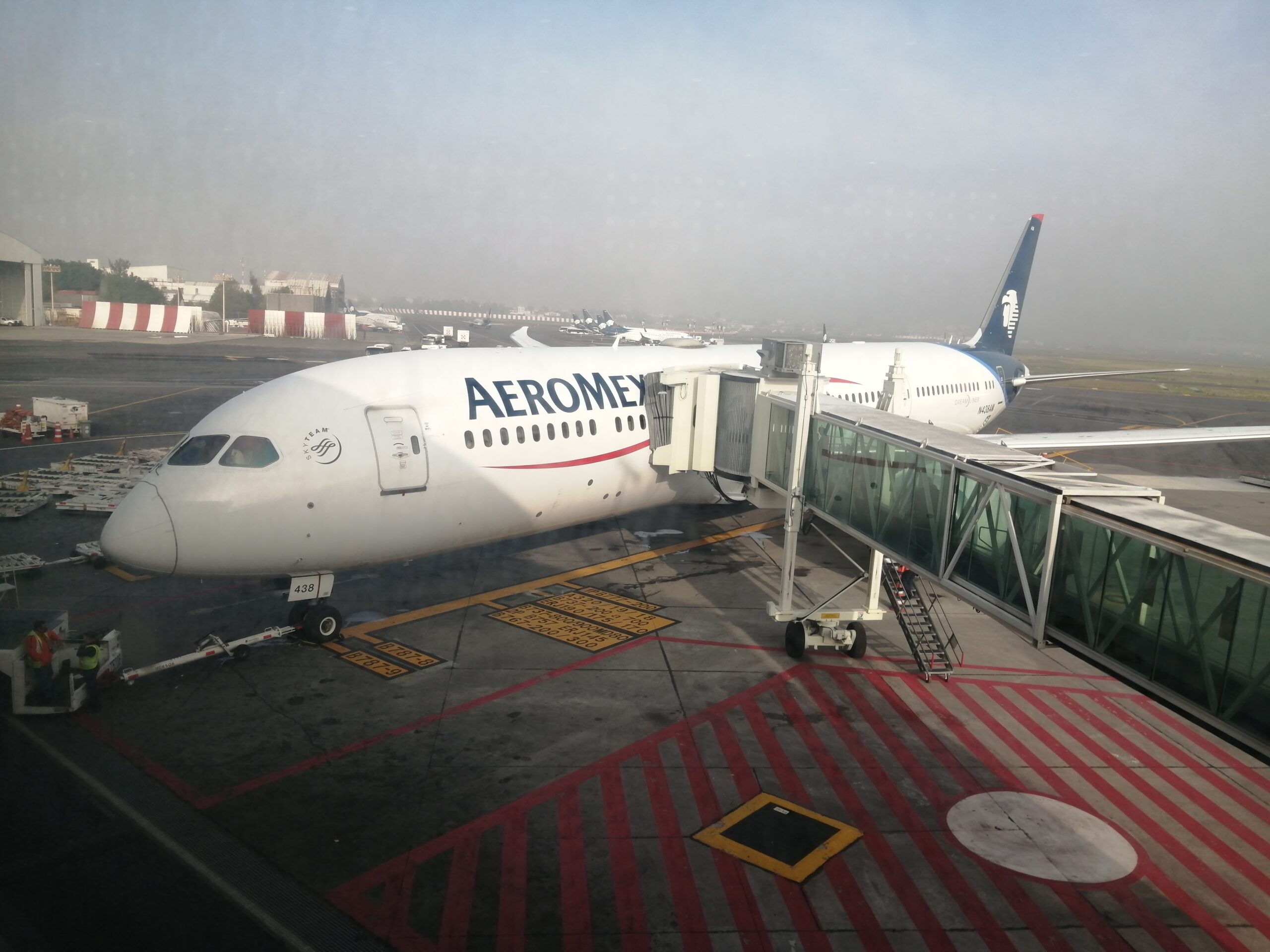
IMG 20211023 090722 scaled
The International Air Transport Association (IATA) has disagreed with the Mexico City International Airport’s (AICM, owned by the Mexican Navy) recent decision to increase airport service tariffs by an average of 77% starting next year. IATA warns that this move could significantly impact passengers and airlines, negatively affecting the country’s competitiveness in the aviation sector. This follows IATA’s adverse reaction in September to reduced operations at the same airport.
“This increase in air tariffs will directly affect the costs for passengers and pose an additional challenge for airlines,” stated IATA in a press release. The organization also pointed out that this decision contradicts the federal authorities’ efforts to reduce fares and optimize costs at other airports in the country.
Concerns Over Airport Usage Fee
IATA emphasized that the Airport Usage Fee (Tasa de Uso Aeroportuario- TUA) at AICM is among the highest in the world, with national and international rates averaging 503.22 (approximately USD 28.87) and 955.49 (about USD 54.84) Mexican pesos, respectively, in 2023.
The association also expressed concerns about the airport’s facilities and service level, which, in their opinion, do not justify the high costs that airlines and passengers must bear. “The deterioration of the facilities and lack of improvements, despite a reduction in the airport’s capacity to facilitate these works, is a major concern,” affirmed IATA.
The Latin American and Caribbean Air Transport Association (ALTA), representing 160 companies in the air transport ecosystem, including 40 airlines responsible for more than 80% of air traffic in the region, has also rejected the impending tax increase on AICM’s airport services.
This proposed increase, around 77%, positions AICM as one of the most expensive airports in the region. Landing, take-off, and navigation fees constitute the second most significant item in the cost structure for Mexican airlines, only after fuel.
According to the International Civil Aviation Organization (ICAO) Document 9082, of which Mexico is a signatory, states are encouraged to follow four basic principles in setting tariffs: non-discrimination, relation to operational costs, transparency, and consultation with users. The 77% increase does not align with these principles, as the calculation method and accounting have not been communicated, nor have the perspectives of users and the consequences of this increase been considered.
“The aviation industry is characterized by low margins and transfers its efficiencies and savings to end-users. In Mexico, this is no exception. Adjusted for inflation, the revenue index per 100 Passenger Kilometer shows that, in real terms, airfares in Mexico have decreased by 12% from 2019 to 2022, making public transportation more accessible to more people in the country,” the statement concluded.
Views: 19




